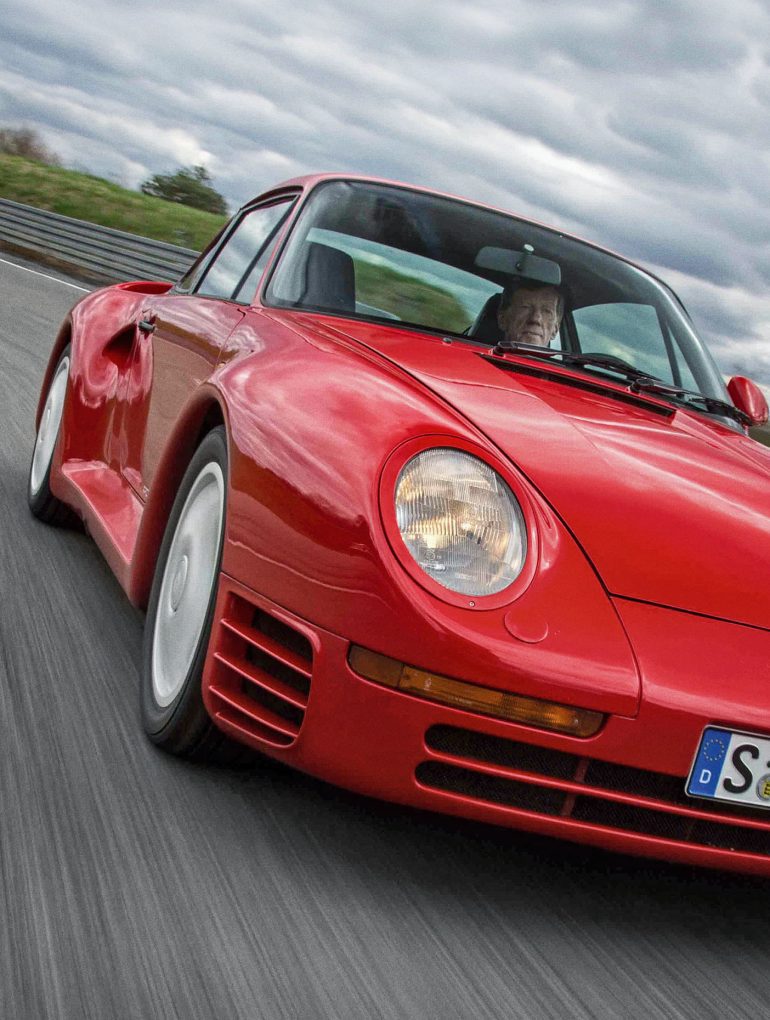Porsche 959
Introduction
Certain cars in history force the competition to pull their socks up and embrace the future.
The Ford Model T revolutionised the mass-production process. The original Mini completely rethought the way components of a car could be packaged with its transverse engine employed to maximise passenger space while minimising the car’s footprint. The Toyota Prius shudders may be a dirty word on this website, but it’s difficult to argue with the impact it had on attitudes towards hybrid and low-emission powertrains, now commonplace in vehicles at all levels.



